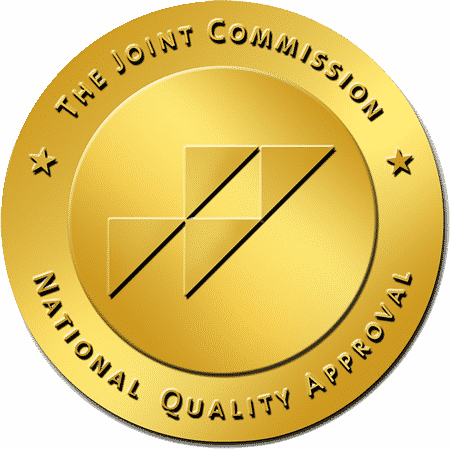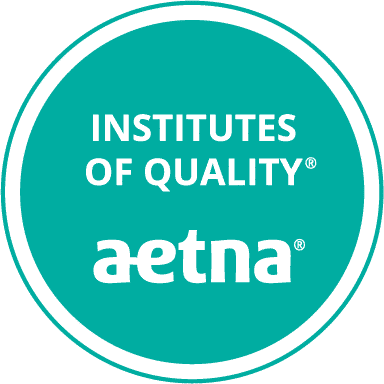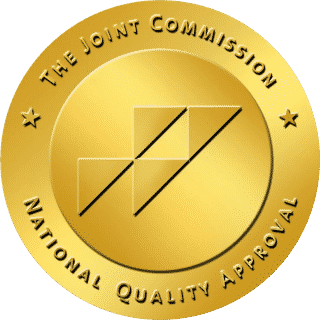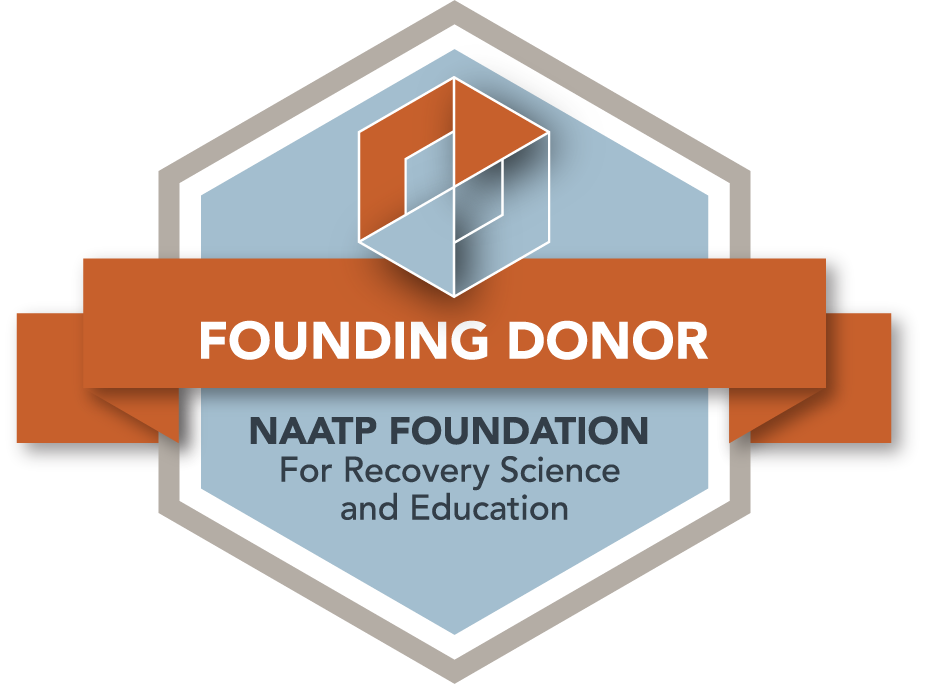What are Opiates?
Opiates are a class of medications that have a valuable role when appropriately prescribed to treat moderate to severe pain. Opiates work on pain relief by binding to opioid receptors on nerve cells in the central nervous system and suppress pain signals sent to the brain.
Additional effects include stimulating reward pathways in the brain. The reward system is important in motivation, focus, and our experience of pleasure. This stimulation also causes increased risk for drug abuse or opioid addiction.
Opiates include the illegal drug heroin but also the helpful prescription medications morphine and codeine, that can be prescribed for severe pain.
What are Synthetic Opioids Used For?
Synthetic opioids, including fentanyl, oxycodone and hydrocodone, have valid medical uses as pain relievers, but have the same pharmacologic effect and carry the same potential for abuse or addiction as all opioids. Taking higher doses than prescribed of any opioids, which qualifies as opioid abuse, can lead to opioid use disorder.
All opiates can cause breathing problems. They put the respiratory drive in the central nervous system to sleep and are now a major cause of accidental deaths.
According to the National Institute on Drug Abuse, more than 70,000 Americans died from opioid-involved overdose deaths in 2019.
To address the crisis, the National Institutes on Health (NIH) launched the Helping to End Addiction Long-term Initiative (NIH HEAL).
Are opiates and opioids the same thing?
Often used interchangeably, the terms have different meanings
Opioids refer to all natural, semisynthetic, and synthetic opioids that have the same effect as natural opiates. These include drugs like hydrocodone, oxycodone, and fentanyl.
Opiates are natural opioids, such as heroin, morphine and codeine, derived from poppy seeds. Poppy plants and opium were reported as early as 3400 BC when the poppy plant was called the “joy plant.” The most prescribed opiates are codeine and morphine.
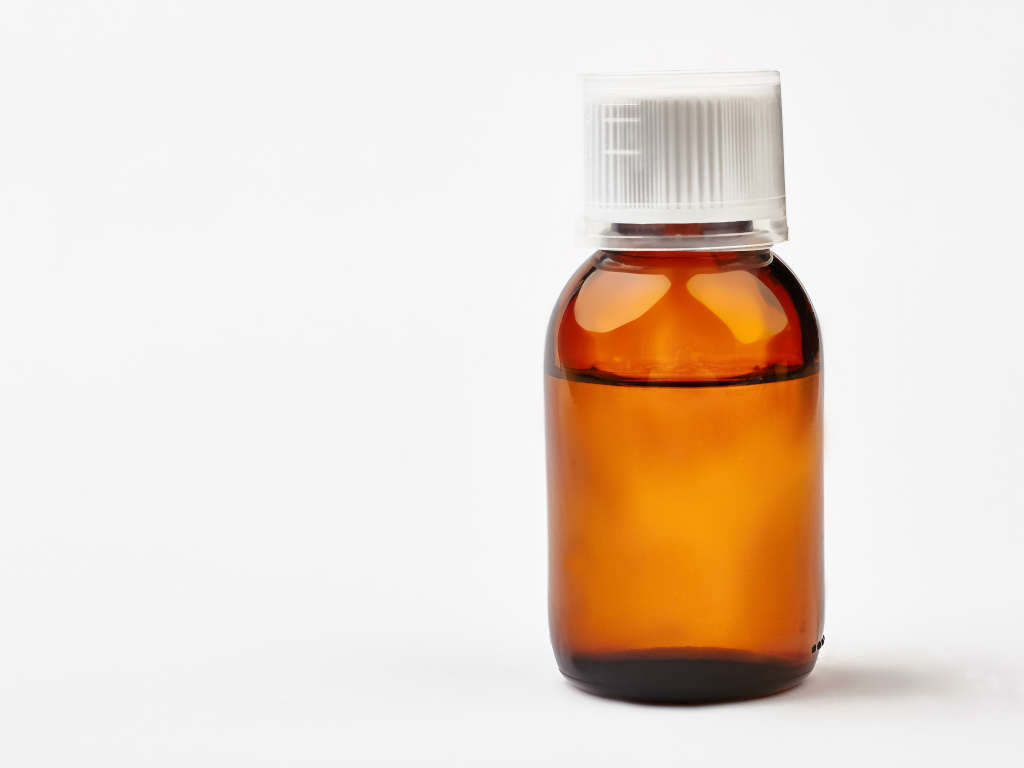
Types of Opiates
Codeine for Pain Relief and as Cough Suppressant
Codeine is used both to relieve pain and for cough control. It is a potent prescription pain medication, used for moderate to severe pain. It is commonly prescribed in combination with other pain medications like acetaminophen or aspirin. Tylenol #3 is a commonly prescribed pain medication that mixes codeine with Tylenol.
Used to treat severe coughing, codeine is combined with antihistamines in prescription syrups. One of the more commonly used cough syrups, Phenergan, mixes codeine with the sedating antihistamine promethazine HCL. Codeine use can alleviate a cough but it does not treat the underlying cause and should be taken only under medical direction.
Both synthetic and natural opioids in high doses can suppress respiration and slowed breathing can lead to death. The risk of accidental overdose and death is always higher when these substances are combined with other sedatives such as the benzodiazepine family (Xanax, Klonopin, Ativan, Librium) or alcohol.
Morphine for Severe Pain and Chronic Pain
Morphine is another natural opiate derived from the opium poppy plant. The drug was named after Morpheus, the Greek god of dreams. Morphine is a potent medication that can be used for moderate, severe, and chronic pain. It can be prescribed for pain relief after injury or surgeries but is more commonly used in severe chronic pain or cancer-related chronic pain.
The drug has powerful respiratory suppression which makes it dangerous in overdose situations as it can lead to respiratory suppression and death.
Morphine can be useful for end-of-life situations and is commonly used in hospice care to help minimize shortness of breath and anxiety that can accompany the end of life. To relieve pain, the drug is prescribed as a rapid-acting tablet, delayed release tablet, liquid form or by injection.
When morphine is used illicitly it is commonly heated and inhaled as a smoke. Like all opiates when they are combined with other sedatives, including alcohol, the risk of accidental opioid overdose and death is markedly increased.
Morphine is listed as schedule II narcotic under the Controlled Substances Act. Narcotics are highly regulated by the FDA and all have potential for abuse and dependence.
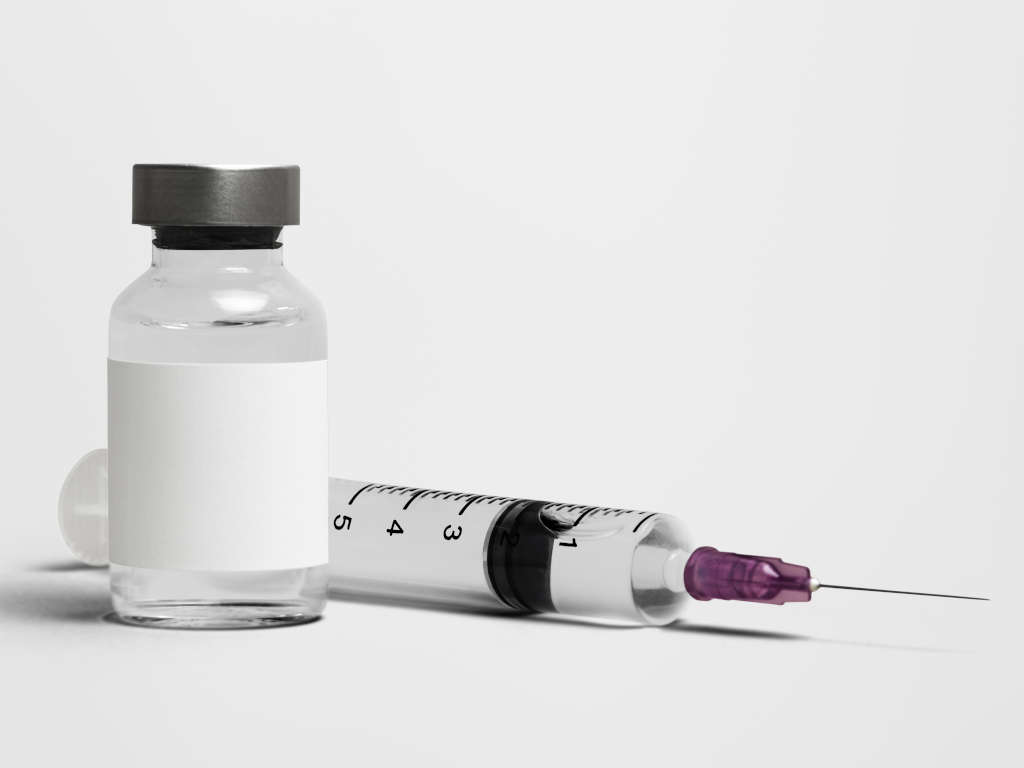
Heroin, the Illegal Opioid
Made from morphine, Heroin can be a white or brown powder or a black sticky substance known as “black tar heroin.” Initially it was primarily taken by injection. Over the last 15 years, the purity of heroin has increased to the point where it can be taken nasally (snorted) or smoked.
This high-purity drug became readily available around the time that there were greater controls being put into place to limit the illegal use of other opioids. At the time, high-potency heroin could be bought at a cheaper price than some of the prescription opioids being sold on the street. That resulted in a huge surge in the use, abuse, and dependence on the drug.
Users who thought they would never inject heroin found themselves using it nasally or by inhalation at first, but eventually injecting the drug in the course of their addiction.
Heroin is rapidly absorbed and has profound effect on the pleasure/reward pathways in the brain. This will cause a sense of well being and produce euphoria.
Over the past few years it has commonly been contaminated with an even more potent synthetic opioid called fentanyl that has caused a huge increase in accidental overdose deaths.
When people inject drugs, multiple infectious complications can occur. These include life-threatening staph infections in the blood stream or on heart valves and viral illnesses such as hepatitis C or hepatitis B or HIV.
Synthetic Opioids
Oxycodone to Treat Moderate to Severe Pain
Oxycodone is a powerful opiate medication prescribed for moderate pain, severe pain, and chronic pain. It is the active ingredient in OxyContin, an extended release form that allows for a slower and longer delivery of the drug into the system.
Oxycodone is commonly combined with other analgesic drugs. When used in combination with acetaminophen it is marketed as Percocet and when combined with aspirin it is marketed under the trade name Percodan.
When prescribed appropriately, this synthetic opioid is a powerful tool in relieving pain. Like the other opioids discussed here, however, it also has a very significant potential for abuse and causing chemical dependence.
Hydrocodone Prescribed after Surgery
Hydrocodone is commonly prescribed after surgical procedures as well as for moderate to severe acute or chronic pain. It was initially marketed in combination with acetaminophen and sold under the trade name Vicodin.
This synthetic opioid has a higher abuse potential than codeine. In an attempt to decrease illegal diversion of the drug, it has been more closely regulated. In most states it requires a triplicate prescription that is used for more highly regulated controlled substances. There has been a reduction in misuse of Hydrocodone, but it is still the opioids widely abused
Can use of Prescription Opioids Lead to Opioid Use Disorder?
Individuals with a family history of substance use disorders, or who have a history of childhood trauma, have a greater risk of substance use disorder with opioids. The misuse of prescription opioids can lead to an opioid use disorder (OUD), defined in the DSM-5 as a problematic pattern of opioid use leading to clinically significant impairment or distress.
With prolonged use, the pain-relieving effects of drugs may lessen and the pain increase. Also, the body can develop dependence. This causes withdrawal symptoms, which make abstinence more difficult.
Addiction occurs when dependence interferes with daily life. Symptoms of addiction include uncontrollable cravings and inability to control opioid use even though it’s having negative effects on personal relationships or finances. Physical dependence on opioids leads to withdrawal symptoms, which can include muscle pain, bone pain, joint pain, diarrhea, abdominal cramping, increased sweating, yawning, watery eyes, goose flesh (piloerection), insomnia, blood pressure and heart rate fluctuations and profound restless leg type movements.
Classic signs of opiate abuse include
- Changes in eating and sleeping habits
- Finishing prescriptions early
- Stealing money, medications, or valuables
- Having trouble completing normal tasks
- Visiting multiple doctors for prescriptions, going to urgent care or hospital for extra medication, or getting illicit drugs
- Isolating or changing friends
- Taking more medication than prescribed or for longer than prescribed
- Using prescribed medications in a different way than prescribed
- Mood swings
- Showing signs of intoxication, including constricted pupils, slurring, or nodding off
- Quitting hobbies
What type of treatment can people get for an opiate addiction?
At La Hacienda Treatment Center we treat the disease of substance abuse like any other chronic disease.
Medication assisted treatment (MAT) is almost always needed at some stage in treating opiate addiction. It includes medications given by treatment centers to help relieve some of the multiple discomforts associated with the withdrawal syndrome.
At La Hacienda medications are determined based on individual need. We commonly use combinations of medications including clonidine, loperamide, dicyclomine, methocarbamol, and ropinirole that can help alleviate many of the discomforts of withdrawal and treat moderate withdrawal symptoms.
Medication Works on Opioid Receptors
Buprenorphine is a mainstay medication in the treatment of severe opioid withdrawal and it also works on the opioid receptors. When given in a slow taper it can greatly alleviate the worst symptoms.
Opiate maintenance therapy (OMT) with long-term use of buprenorphine or methadone has shown to reduce risk of overdose death, incarceration, and needle-caused infectious diseases like HIV and hepatitis C. Opiate maintenance therapy is the recommended treatment for a large number of users.
Unfortunately, there are relatively high dropout rates with long-term use of these medications and relapses back to prescription or illicit opioids. Patients who have failed OMT or who do not want to substitute a long-acting opioid like buprenorphine or methadone need to look at other modalities.
Naltrexone Blocks Receptors
La Hacienda Treatment Center specializes in treating opiate patients who have failed OMT. We use medication assisted therapy to get through the withdrawal phase, then we support use of naltrexone, which blocks the receptors for six months or longer.
We believe strongly in the 12 step philosophy and have seen it work for thousands who want to find freedom from addiction.
Starting with a designed detoxification protocol unique to each patient’s needs, we begin mapping the patient’s journey to freedom from enslavement to drugs. Addiction has profound effects on families and loved ones, so participation in our comprehensive family program is encouraged.
For more information about recovery from opioid addiction, U.S. Department of Health and Human Services and the Centers for Disease Control offer informative resources on their websites.
https://www.hhs.gov/opioids/recovery/index.html
https://www.cdc.gov/rxawareness/

Treating Opiate Addiction at La Hacienda
The National Institute on Drug Abuse says substance abuse and use of illegal drugs cause more deaths, illness, and disabilities than any other preventable health condition.
La Hacienda Treatment Center is a drug and alcohol addiction treatment facility specializing in the detoxification and rehabilitation process for those seeking a life free from substances abuse.
Too often we receive calls from persons whose family member has experienced an opioid overdose or other abuse of drugs.
Prepared to meet the challenge of opioid addiction, the La Hacienda doctors and counselors are substance use disorder specialists. They guide both the patient and their family through treatment options and recovery process, focusing on the physical, spiritual and healing aspect of treatment.
Our doctors provide medical advice to the chemically and physically dependent patients, revealing new options to treat pain and improve physical health.
Our onsite team of board-certified addiction medicine physicians work daily with patients. Members include psychiatrists to address mental health concerns (La Hacienda does not admit patients for treatment of mental disorders). Well-trained nurses are present 24/7, delivering superb care throughout the treatment program.
If you or someone you know is struggling with substance abuse, including opioids and other drugs, please phone (800) 749-6160 and begin the recovery journey.

OxyContin
OxyContin is a strong prescription pain medicine used to manage severe pain that requires continuous, long-term treatment. Its use involves risk of overdose and death. Even if taken as prescribed, there is the possibility of opioid involved overdose deaths.

How to Tell if Someone is on OxyContin
There are a variety of signs and symptoms of OxyContin abuse that vary according to the duration and severity of taking higher doses of the opioids.

OxyContin Overdose Symptoms
Overdosing on OxyContin is a dangerous and potentially lethal. Anyone exhibiting certain symptoms after ingesting the drug should immediately be taken to an emergency room.

